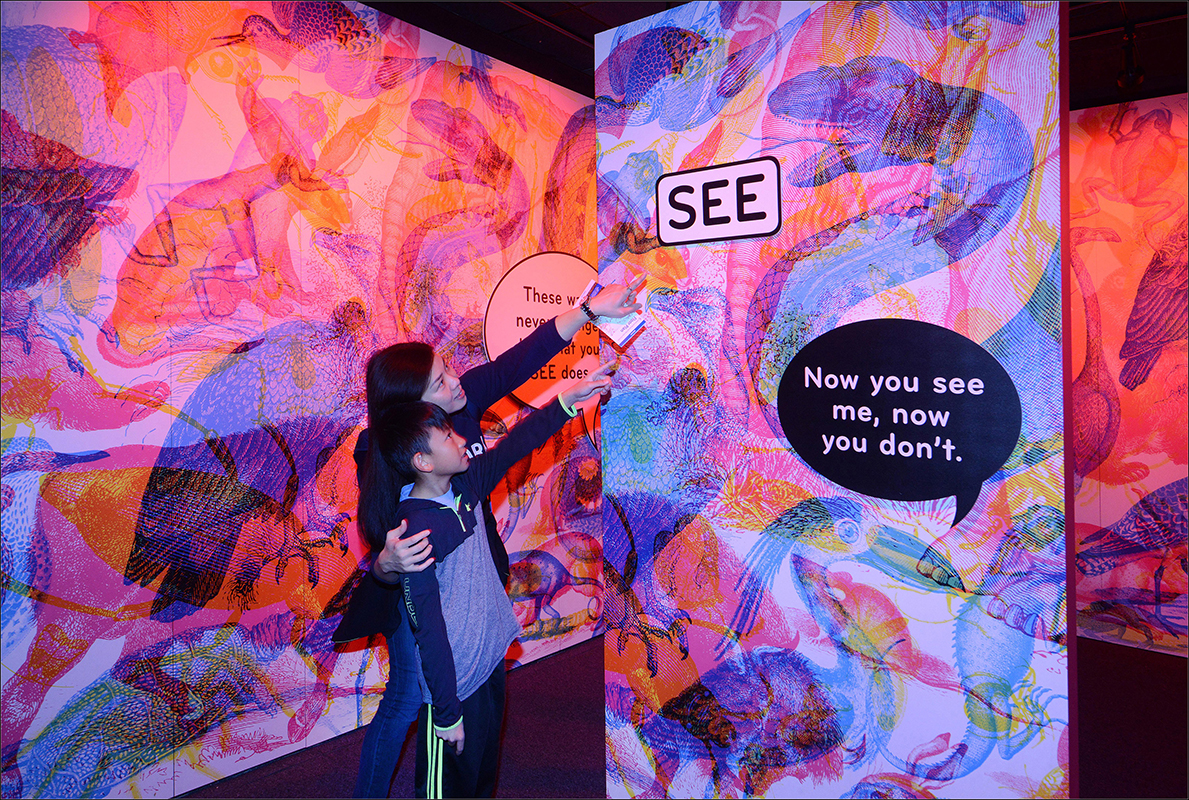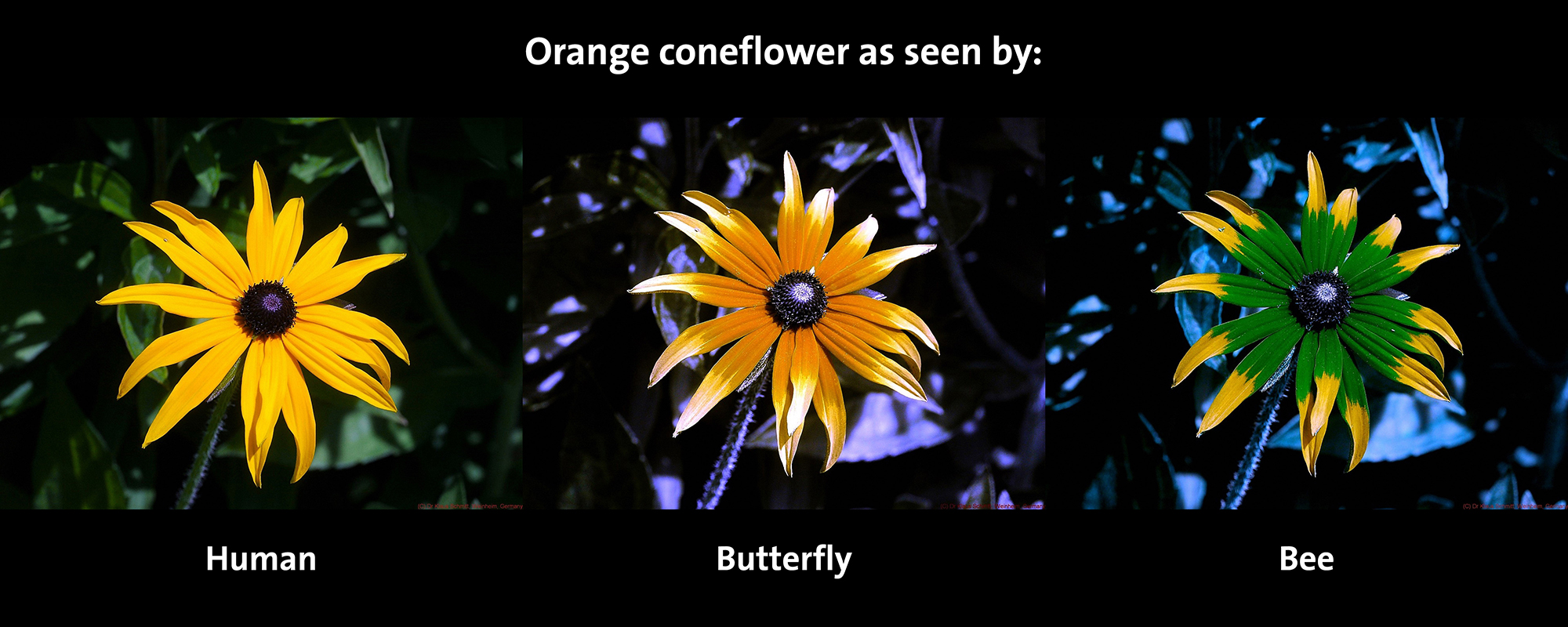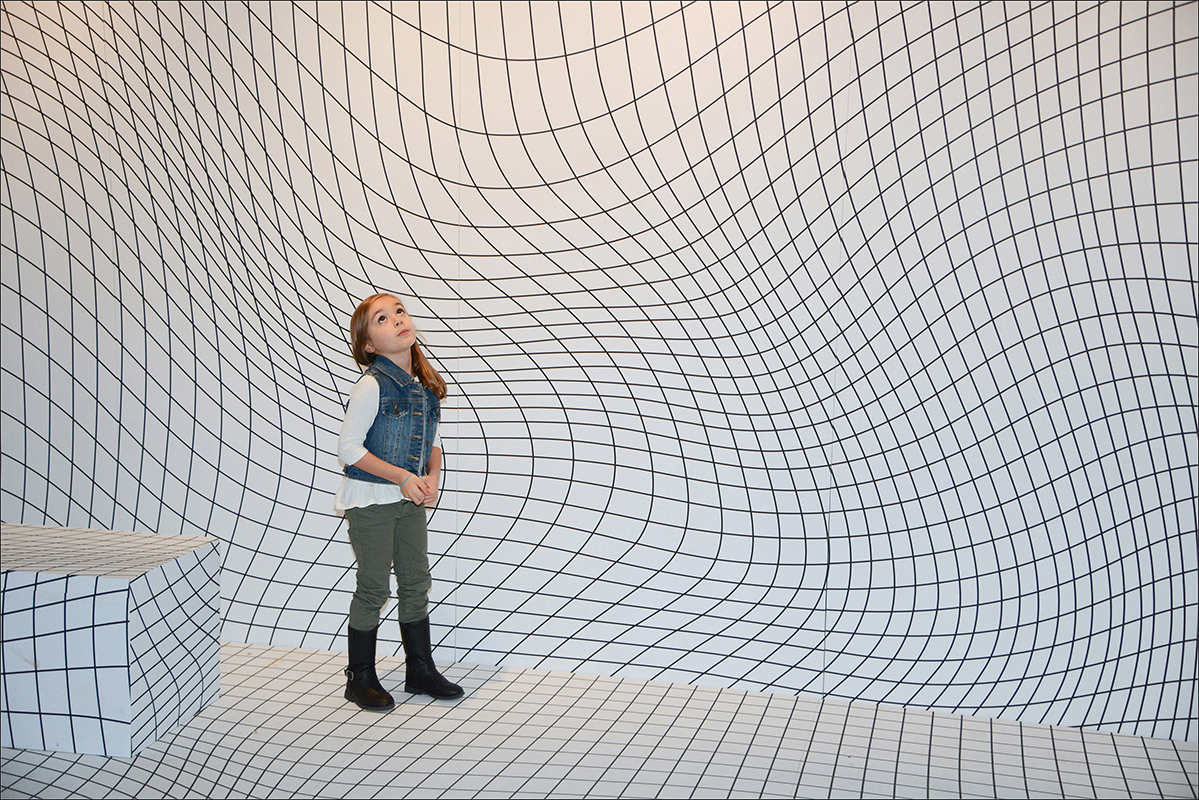See, Smell, Touch: Why Your Kids Will Love New Senses Exhibit

The smell of rain, the flashing red of a stoplight, the rough texture of sandpaper: Every day, we are flooded with sights, sounds, tastes and smells; we experience them through our senses, which filter these signals and send them to our brains to help us interpret and navigate the world around us.
This interplay is central to "Our Senses: An Immersive Experience," a new exhibit at the American Museum of Natural History (AMNH) in New York City. It takes a hands-on (and eyes-on, ears-on and noses-on) approach to making visitors better acquainted with the ways in which they use their senses every day.
In a series of galleries within the exhibit, digital and mechanical interactives engage the senses and challenge visitors to notice their own sensory powers in action. At the same time, the exhibit reveals how our brains process this barrage of data, and explains how our senses measure up to those of other animals — and how they help to define what makes us human. [Senses and Non-Sense: 7 Odd Hallucinations]
"The show is about the interplay between the sensory information that's coming in and how your brain makes sense of it — whether you prioritize this information, how you pay attention to what kind of signals you get, how you might not pay attention, or what happens when your brain tells you one thing but your eyes or another sense tell you something different," Lauri Halderman, vice president of exhibitions at the AMNH, told Live Science.
Sensory overload
How many senses do we have? Most people are acquainted with the five "basic" senses: sight, smell, touch, taste and hearing. But the story of our senses is far more complex than that short list would imply. Each of these senses involves subtle nuances of perception that spark responses in neurons; touch, for example, allows us to experience texture, temperature, vibration and pressure, while sight takes in levels of light and dark, color and movement.
We also have receptors distributed throughout our bodies that monitor oxygen levels in our arteries, detect the stretching of tendons and muscles, and track our head movement and orientation, working together with structures in our inner ear to tell us which way is up and help us maintain our sense of balance.
The exhibit presents plenty of opportunities for visitors to test their senses. For example, they can explore how a change in light's color or wavelength affects what they can see, find their balance in a room with walls that appear to curve and bend, or try to isolate the sound of a single instrument in an orchestral soundscape.
Sign up for the Live Science daily newsletter now
Get the world’s most fascinating discoveries delivered straight to your inbox.
Other interactive stations offer a chance to experience the senses of animals that perceive the world very differently from the way humans do. With the push of a button, exhibit visitors can see the radiating body heat of a small mammal as a snake would, or detect a flower using the senses of a pollinating insect.

"We immerse the visitor in a sense, and then integrate the information about that sense," the exhibit's curator, Rob DeSalle, told Live Science.
"In real life, this is the way information comes in — you're immersed in something, and then you integrate it," said DeSalle, a curator of invertebrate zoology at the AMNH.
And it's OK to simply experience one of the sensory interactives without understanding everything about it right away — in fact, that's part of the point, Halderman said.
"You, the visitor, are the protagonist. You're using your senses. And we want you to be a little disoriented at first — not to know why something is happening — to make you curious," she explained. [10 Things You Didn't Know About You]
Evolutionary origins
But the story of our senses is also a story of evolution. Even single-celled organisms can detect where they are relative to other organisms and objects, and many single-celled organisms have opsins — light-sensitive proteins in the eye that contribute to vision in more complex animals, DeSalle told reporters at an exhibit preview. DeSalle is currently studying a simple, multicellular organism called the trichoplax, which is little more than "a little pancake of cells," he said. And yet, this so-called cell pancake has most of the genes for a nervous system and for vision, which offers scientists exciting insight into sensory evolution, DeSalle said.

"Studying something that doesn't have these things but does have genes for them tells us how these systems evolved," he said.
In addition to investigating where our senses came from, the exhibit offers a peek into where they might be going. Though in many ways our senses fall short of those of other animals, we can extend the reach of our senses with technology, such as by using a scanning electron microscope to peer at the elaborate structures in a mosquito's foot, which are invisible to the naked eye, or by gazing at distant exoplanets and ancient supernovas with powerful telescopes.
"Even though the machinery in our bodies limits us, we overcome those limitations with technology," DeSalle said. "I don't think there's any limit to what we can sense because we can always build something that lets us sense beyond our range," he added.
"Our Senses: An Immersive Experience" is open at the AMNH until Jan. 6, 2019.
Original article on Live Science.

Mindy Weisberger is an editor at Scholastic and a former Live Science channel editor and senior writer. She has reported on general science, covering climate change, paleontology, biology and space. Mindy studied film at Columbia University; prior to Live Science she produced, wrote and directed media for the American Museum of Natural History in New York City. Her videos about dinosaurs, astrophysics, biodiversity and evolution appear in museums and science centers worldwide, earning awards such as the CINE Golden Eagle and the Communicator Award of Excellence. Her writing has also appeared in Scientific American, The Washington Post and How It Works Magazine. Her book "Rise of the Zombie Bugs: The Surprising Science of Parasitic Mind Control" will be published in spring 2025 by Johns Hopkins University Press.









